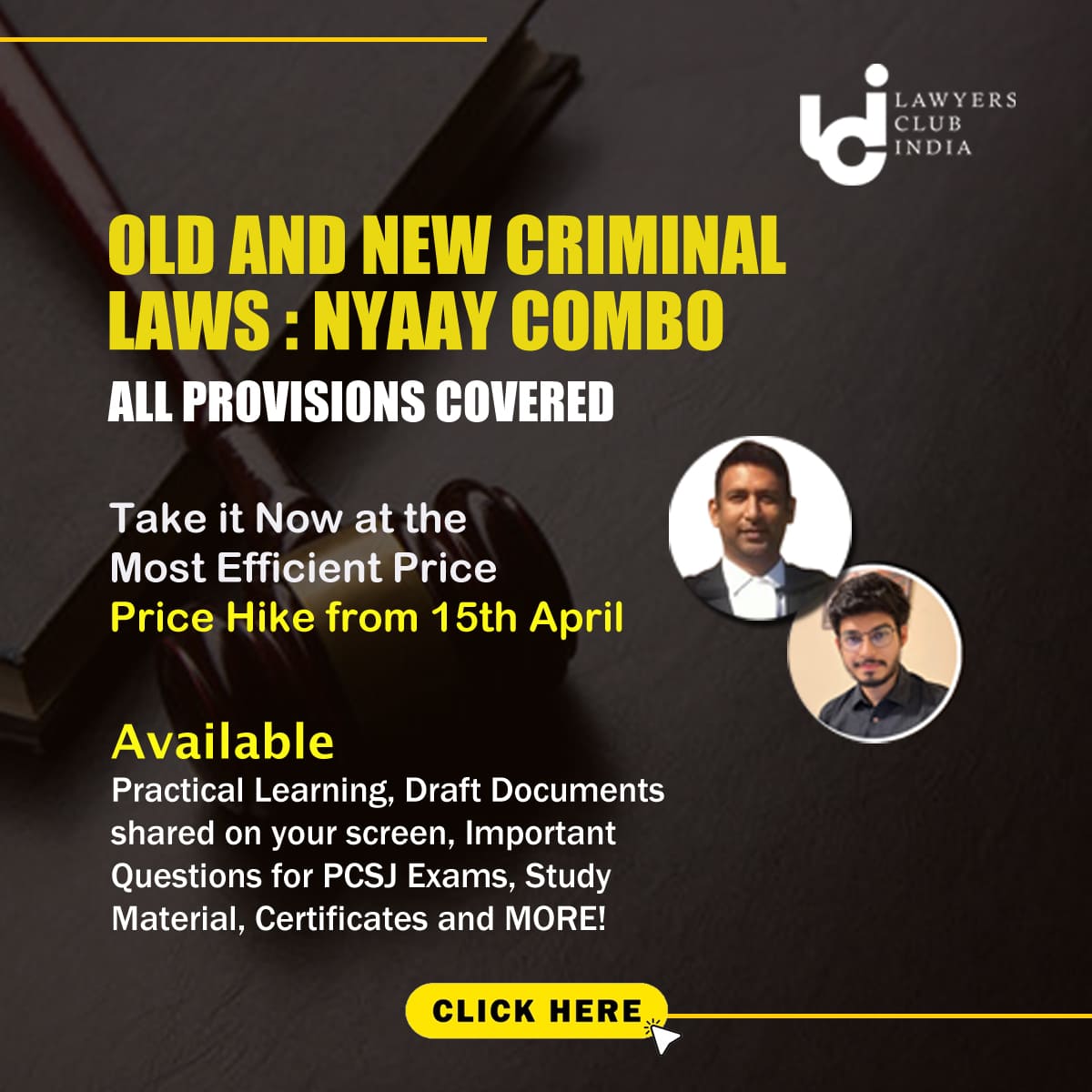Date of judgement:
17 June 2021
Bench:
Justice M. Satyanarayana Murthy
Justice Ninala Jayasurya
Parties:
Appellant – Kalidasu Jaman Srinu
Respondent – The State Of Andhra Pradesh
Subject
In this matter, the accused challenged his conviction by the trial court under Section 374(2) of the CrPC upon the main ground that he had no prior intention to kill or cause any hurt or injury to his wife.
Overview
- Kalidasu Jaman (accused/appellant) was married to Anjamma (deceased) and also had a daughter. He suspected that his wife was having an illicit affair and as a result, he would harass her and abuse her frequently. He also had a history of alcohol abuse.
- On 24 June 2012 at around 06:30 PM, the appellant intercepted his wife at the Kadakatla flyover bridge, when she was returning home from work. Thereafter, they entered into a huge argument and suddenly the appellant picked up a stone and ruthlessly beat his wife on the head and her face.
- Alarmed by the screaming, PW2 and PW3 (Prosecution Witness) reached the spot and witnessed everything. The deceased's mother PW1 was informed about the killing and she rushed to the spot. The accused was chased but he somehow managed to escape. The police were informed, followed by an investigation and then the post mortem.
- The charge sheet was filed against the accused under Section 302 of the IPC, and the matter came before the Court of Sessions. He pleaded not guilty. After perusal of the case and after listening to both parties, the Court found him guilty under Section 302 and sentenced him to life imprisonment.
- Aggrieved by this conviction, the appellant preferred an appeal under Section 374 (2) of the CrPC to the High Court, on the grounds that the Sessions Court failed to appreciate the evidence of all the PW and ommissions of PW 2 and 3, which form the root of the case. Also, PW 5,6,7 did not support the Prosecution’s case and hence, the conviction of the accused under Section 302 was illegal.
Issues
- Whether the accused was guilty of murder or culpable homicide?
Legal Provisions
- Section 302 of the Indian Penal Code 1860 (IPC) – Punishment for murder.
- Section 304 of the IPC – Punishment for Culpable homicide not amounting to murder.
- Section 374(2) of the Criminal Procedure Code 1973 (CrPC) – an accused convicted by the trial court may appeal before the High Court.
Judgement Analysis
- The counsel for the appellant further contended that the facts of the case in no way indicate that the appellant had the intention to kill his wife. The attack was not premeditated and was under grave and sudden provocation. Hence, at best, he was liable under Section 304 Part II and not under Section 302 of the IPC.
- On the other hand, the Additional Public Prosecutor argued that PW 1,2, and 3 were direct witnesses and they supported the Prosecutor's case that the accused had an intention to kill his wife. With regard to the ommissions, he claimed that they are material and insignificant ommissions and can be looked over. Hence, he prayed to the honorable court to uphold the conviction declared by the Sessions Court.
- Justice Satyanarayana Murthy observed that under Section 374(2) CrPC, it is the duty of the court to ensure that the guilt of the accused is established beyond any reasonable doubt, and allowed the appeal. Firstly, the court held that in this case, the material ommissions of the PW were insufficient to discredit their testimony.
- The Court held that the testimony of PW1 and 2 was reliable and no further corroboration is required because corroboration is a rule of prudence and not a rule of evidence. It also said, the mere fact that the appellant grew suspicious as to the fidelity of his wife and frequently harassed her in a drunken state, is not sufficient enough to indicate that he had an intention to kill her.
- Relying on the Supreme Courts' judgement in Yomeshbhai Pranshankar Bhatt v. the State of Gujarat, the court held that the accused had no premeditation to kill his wife and the incident happened in the spur of the moment. Hence, the accused must be liable for punishment Section 304 Part-II instead of Section 302 of IPC.
- Finally, the appeal was allowed in part and the appellant was declared not guilty under Section 302 IPC and was found guilty under Section 304 Part II. Subsequently, the appellant was sentenced to undergo rigorous imprisonment for 7 years along with the fine imposed by the Sessions Court.
Conclusion
While allowing the appeal under Section 374(2) CrPC, the court observed that appreciation of evidence and proper re-assessment to arrive at the conclusion is imperative under criminal appeal. If the following is not exercised by the appellate court, then the cause of justice is not sub-served. This Section gives a substantive right to a convicted person and the court is bound to re-appraise the evidence and come to an independent conclusion.
Under this case, the concept of mens rea gets highlighted. It shows how in the absence of a guilty mind, the accused was entitled to Exception 4 of Section 300 of IPC (murder). Even though death was caused, he was found guilty under culpable homicide because the attack was not pre-meditated and happened in the heat of passion upon a sudden quarrel.
Click here to download the original copy of the judgement















